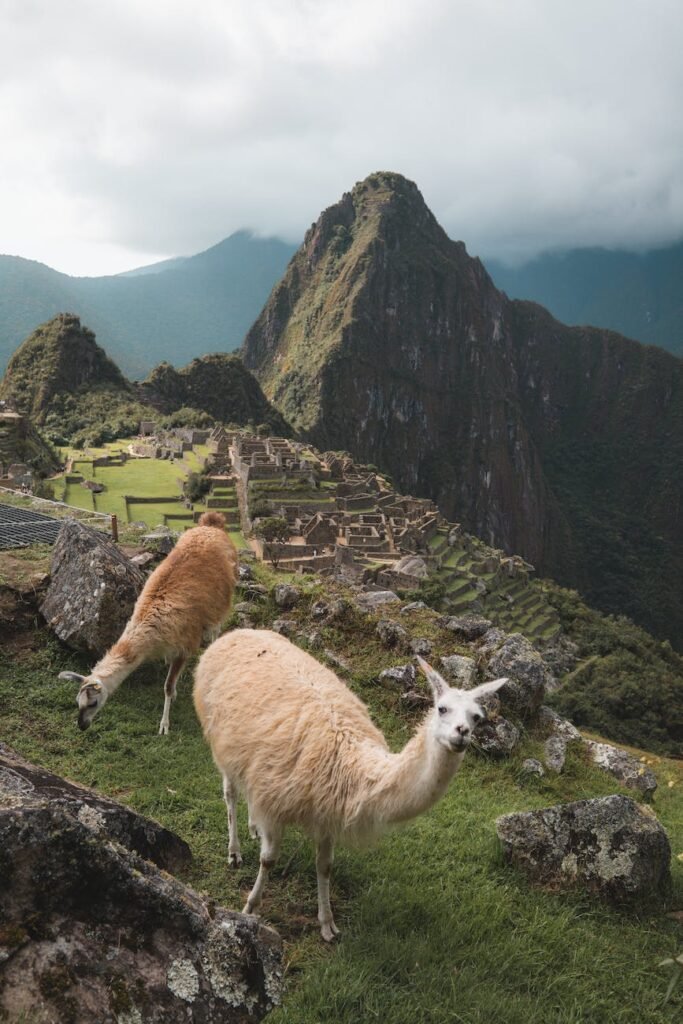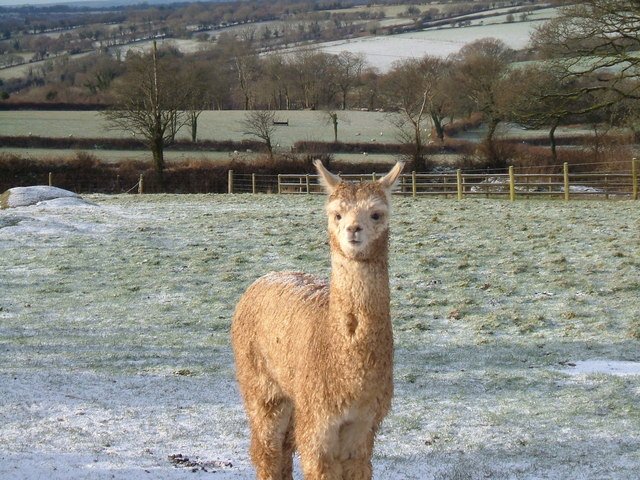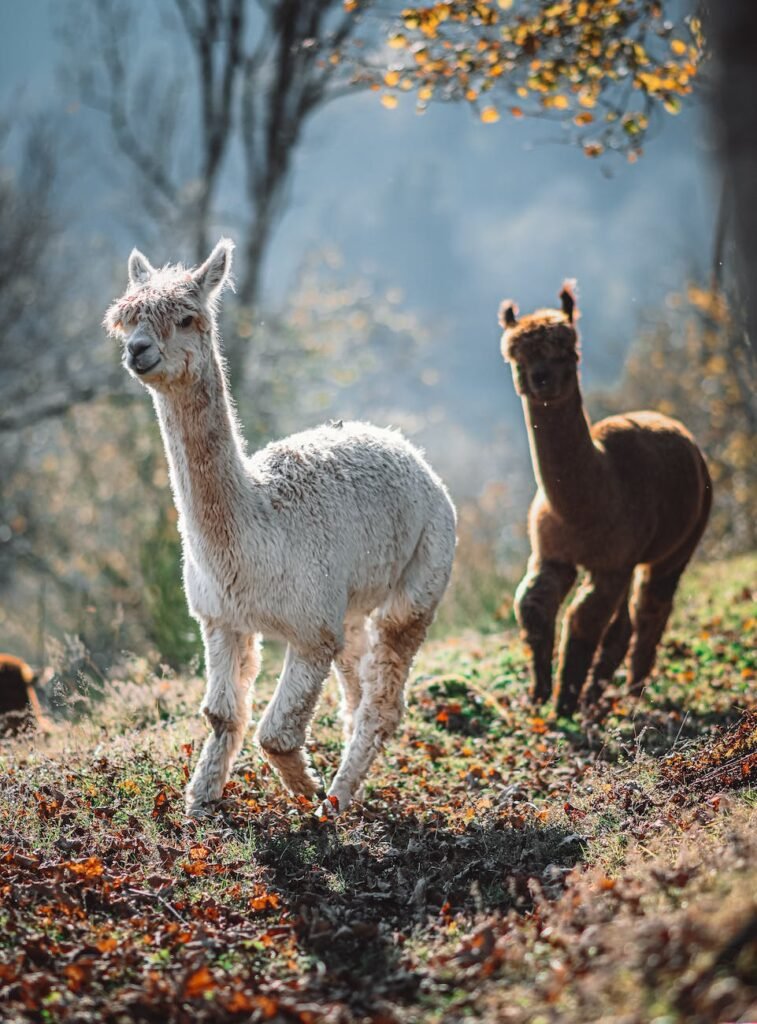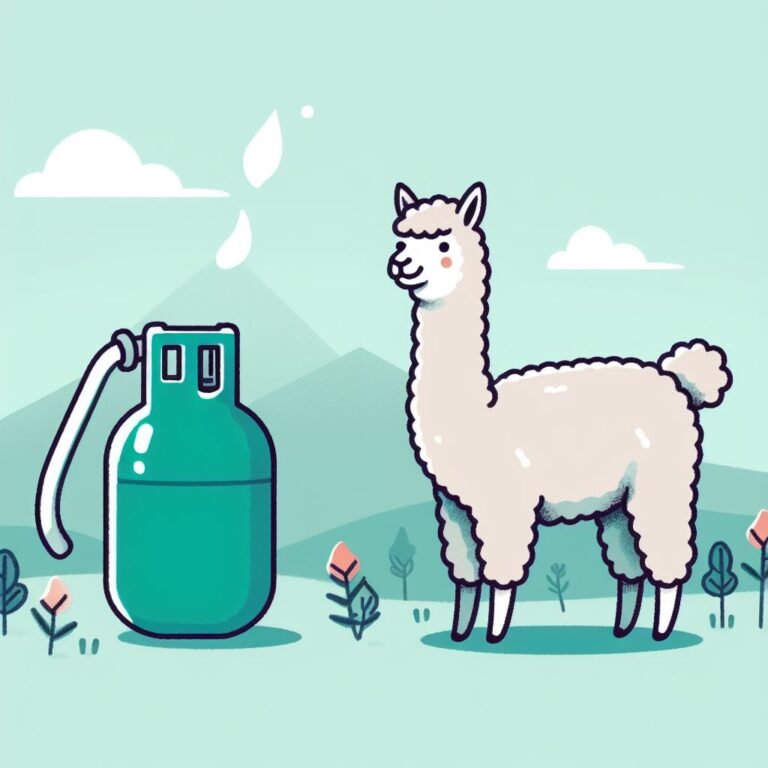Alpaca Habitats: Do They Really Live on Mountain Ridges?
Ever wondered where alpacas call home? If you’re picturing them grazing on mountain ridges, you’re not far off. Alpacas, known for their soft wool and charming personalities, are native to the Andean Mountain range. These adaptable creatures have made the high-altitude terrain their perfect habitat.
However, it’s not just the mountains they love. Alpacas are incredibly versatile and can thrive in various environments. From the steep, rugged slopes to the lush, green valleys, these animals have proved they’re not just mountain dwellers.
So, do alpacas live on mountain ridges? Yes, they do, but there’s so much more to their habitat preferences. Stick around as we delve deeper into the fascinating world of alpacas and their love for high-altitude living.
Key Takeaways
- Alpacas are native to the Andean Mountain range and the high-altitude terrain has proven to be their ideal habitat.
- While alpacas naturally thrive in the mountains, they have proved themselves to be incredibly versatile, showing they can adapt in a variety of environments including plains, prairies, and deserts.
- The Andean mountains, characterized by steep rocky slopes, high altitude grasslands, and a windy, cool and dry climate provide the perfect living conditions for Alpacas.
- Alpacas are a key part of the Andean culture and economy, with their dense wool providing warmth in harsh climates and serving as a valuable commodity.
- Alpacas can sustain below freezing temperatures due to their thick woolly coats, making them suitable for colder climates like North America and Europe.
- Their ability to adapt is not just confined to climatic conditions; they can thrive in a variety of terrains including farmlands, backyards, and even city dwelling, as long as they have sufficient space, company and a food source.
Are alpacas native to the Andean Mountain range?
So, are alpacas indigenous to the Andean Mountain range? To answer this question: yes, they are! Alpacas have called the Andean mountains their home for centuries. The elevated altitudes and cool climates of these mountains form an ideal habitat for these gentle creatures.
You may be wondering – What makes the Andean mountains a suitable home for alpacas? Well, these mountains provide a blend of features perfect for them. They’re characterized by:
- Steep, rocky slopes
- High altitude grasslands
- Windy, cool and dry climate
Steep, rocky slopes are not an issue for these agile creatures. In fact, their slender bodies and padded feet make tough terrains a walk in the park. Plus, these landscapes help keep predators at bay – a win-win for the alpacas!

High altitude grasslands called páramos are a major part of the alpacas’ diet. These grasslands comprised primarily of tussock grass, a type of bunchgrass that thrives in high altitudes. It’s this availability of abundant food source that sustains alpaca populations in such harsh condition.
Then, there’s the windy, cool, and dry climate of the Andean mountains. This type of weather is quite suitable for alpacas. Their thick woolen coats offer ample warmth whilst also being breathable enough to prevent overheating.

Of course, it’s not just about physical traits and weather. Alpacas have been ingrained in the Andean culture for hundreds of years. They’re not only key to the Andean economy but also hold spiritual significance in many native communities.
So, there you have it folks, a quick insight into why alpacas and the Andean mountains are a match made in heaven. As adaptable as they may be, it cannot be denied that these mountains are truly their indigenous habitat. But, remember, the story of alpaca habitats doesn’t end here, we’ve more to unfurl! Stay tuned, as I dig deeper into the intriguing journey of these friendly, mountain-loving critters.
Can alpacas adapt to various environments?
We’ve established that alpacas are native to the Andean Mountains, a habitat that includes steep and rocky slopes, high altitude grasslands, and similarly demanding conditions. But here’s another question that needs addressing – can alpacas adapt to various other types of environments?
Well, it’s interestingly true that they can. Alpacas, being extraordinarily adaptable creatures, have shown their prowess at adjusting to a multitude of environments distinct from their natural Andean home. This adaptability is their main survival strategy, even in the domesticated world.
Alpacas have lush woolly coats, a trait that they’ve developed in response to the harsh Andean winters. This same trait enables them to endure even the harshest of cold weather conditions elsewhere. Alpacas are regularly found in relatively cold climates, such as North America and Europe. They can remain hearty and healthy, continuing to provide essential woolen products, in temperatures dropping towards negative 20 degrees Celsius.
In contrast, alpacas can acclimate to warmer conditions as well. The key to alpaca adaptability lies in good farm management. With right care and attention, including an abundant supply of fresh water and shaded areas, alpacas can weather hotter climates. From Australia to South Africa, alpaca farming thrives due to the animal’s adaptable nature.
It’s accurate to say that alpacas possess the potential to thrive given a variety of environmental conditions. The specifics of proper care and attention to maintain their health and utility can be explored in the forthcoming sections.
So, as we delve further into how alpacas adapt to diverse environments, let’s consider the factors that help them survive, including nutritional demands, social behaviour, and more. Each of these factors plays a crucial role in the alpaca’s remarkable ability to thrive in varying habitats.
What types of terrain do alpacas thrive in?
Shifting our focus a bit, let’s take an in-depth look at the specific terrains where alpacas not just survive, but indeed thrive. While they’re commonly associated with steep, rocky mountain terrains, that’s not the whole story.
You’ll often find alpacas in high altitude regions with ample access to grass, water, and minerals. They’re native to the uplands of Peru, Bolivia, and Chile, where they’ve spent thousands of years adapting to the cold, arid conditions and thin air. Tall, steep mountains offer them a plentiful variety of grasses and shrubs to graze on, and the cold conditions aid in maintaining their thick wool coats.
However, their adaptability allows these fascinating creatures to live in a far broader range of environments than just mountainous regions. Plains, prairies, and even deserts have successfully welcomed alpacas in their arms. What’s important is the presence of food sources, water, and a climate that’s not too humid- alpacas are sensitive to excessive heat and moisture.

But it doesn’t end there. Alpacas also thrive in domestic environments which might surprise some readers. With the right care, they can adapt to most farmland or backyard settings, providing there’s a suitable grassy space for them to graze.
And how about the cities? Well, alpacas are known to be quite sociable creatures, so as long as they have company and a small piece of land to call home, they’re content.
It’s this formidable adaptability that lets the alpaca settle into a wide range of terrains. In the next section, we’ll delve deep into their nutritional demands and social behavior, key factors contributing to the alpaca’s thriving in such varied habitats.
Do alpacas primarily live on mountain ridges?
Before delving into this aspect, it’s essential to state that alpacas’ natural inclination towards various environments, including mountain ridges, is inherently linked with their dietary and social needs.
Indeed, alpacas are naturally inclined to live in mountainous regions, specifically the high altitude regions of the Andes mountains. Predominantly, this is where their ancestors, the wild vicuñas, still reside. In these lofty regions, they’ve developed unique physiological adaptations to deal with less oxygen and colder temperatures such as large lung capacity and a thick coat.
However, it’s not to say they primarily live on mountain ridges. When brought into domestic environments, like farmland or backyards, alpacas have shown a remarkably flexible nature. Adapting to a wide range of climates, they can thrive in grasslands, prairies, and even deserts, as well as mountain ridges. Essentially, they’re able to proliferate wherever they can find ample access to grass, water, and minerals. One important factor in their location preference is their aversion to high humidity environments, which can cause heat stress.
Modern alpaca herding spreads across different topographies worldwide. A snapshot to illustrate this breadth of adaptability is shown in the table below:
| Location | Terrain |
|---|---|
| Andes Mountain | Mountainous, high-altitude |
| Australian Outback | Semi-arid, flat |
| British Countryside | Temperate, mixed |
| American West | Desert, plain |
Alpacas’ social behavior also plays a role in their habitat preference. As herd animals, they enjoy the company of others. So while a life on a secluded mountain peak might fit the bill in terms of climate and diet, loneliness can be a detriment.
In the following section, we’ll expand on the nutritional needs of alpacas across these diverse habitats, and how they maintain their health despite changing landscapes and weather conditions. But for now, suffice it to say that while alpacas certainly can live on mountain ridges, they’re by no means restricted to them.








Our picks
Alpaca & Wool Felted Sole Inserts: Comfy Upgrade?
Best Alpaca Socks for Hiking: Ultimate Comfort and Durability on Trails
Best Alpaca Halter for Comfort and Control